N
Nancy Clark
Guest
Are Performance Enhancing Probiotics The New Frontier? Sports Nutrition Update: Microbes, Bones & Heat
SoccerToday’s nutrition columnist Nancy Clark on the latest news and tips for soccer players who want to win with good nutrition. Who knew that bacteria in your gut can enhance running performance!
Do you know the bacteria in your gut can enhance running performance on the soccer field?
Do you know your ability to run in the heat depends on how well you hydrate? Or that the soccer you play when as a youth player impacts your bone health as an adult?
At the annual sports nutrition conference hosted in March 2021 by SCAN (the sports nutrition practice group of the Academy of Nutrition & Dietetics; SCANdpg.org, the speakers offered updates on these topics of interest.
Nutrition Information for Soccer Players: Performance-enhancing probiotics: A new frontier?
Elite athletes have endurance, strength, strong minds, and the ability to recover from injuries. Could these positive traits be connected to the kinds of microbes in their guts (their microbiome)?
Are the gut-brain and the gut-muscle connections in elite soccer players comparable to those of non-players?
Could specific gut microbes help non-elite soccer players perform better and become elite players? Could it make elite players better?
To discover the impact of the microbiome on exercise performance, FitBiomics, a biotechnology company, is studying the microbiome of top athletes, looking for performance-enhancing microbes.
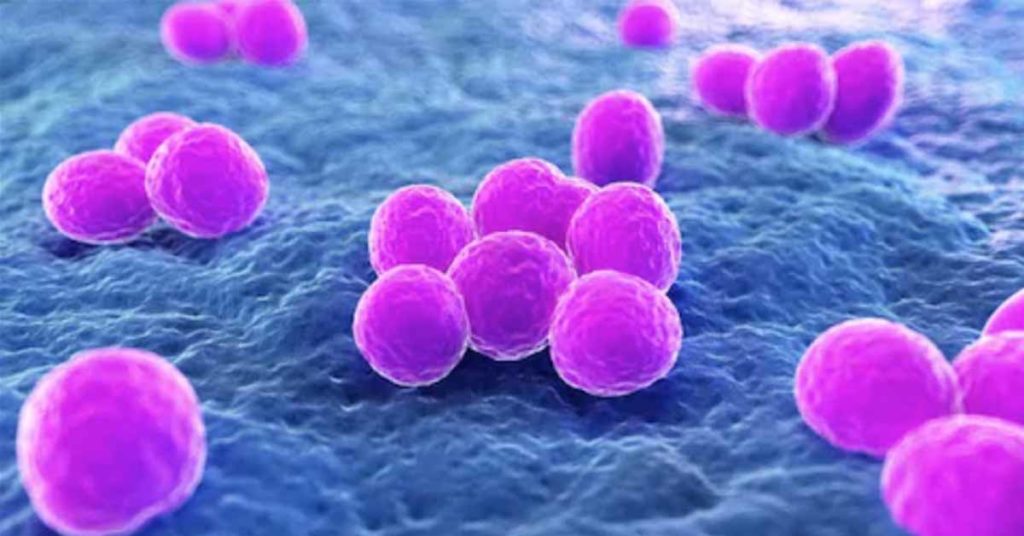
Bacteria Veillonella
For example, marathon runners (compared to non-runners) have a higher amount of the bacteria Veillonella that efficiently eats lactic acid and reduces inflammation.
Mice fed Veillonella improved 13% in endurance running.
What if marathoners consumed Veillonella supplements? Would that help them run longer? Faster? How could this supplement help youth soccer players run faster and have more endurance? More research is needed, but the information to date seems promising. Stay tuned!
Nutrition Tips: Feed Your Microbiome – Impact Your Ability to Perform at Your Best
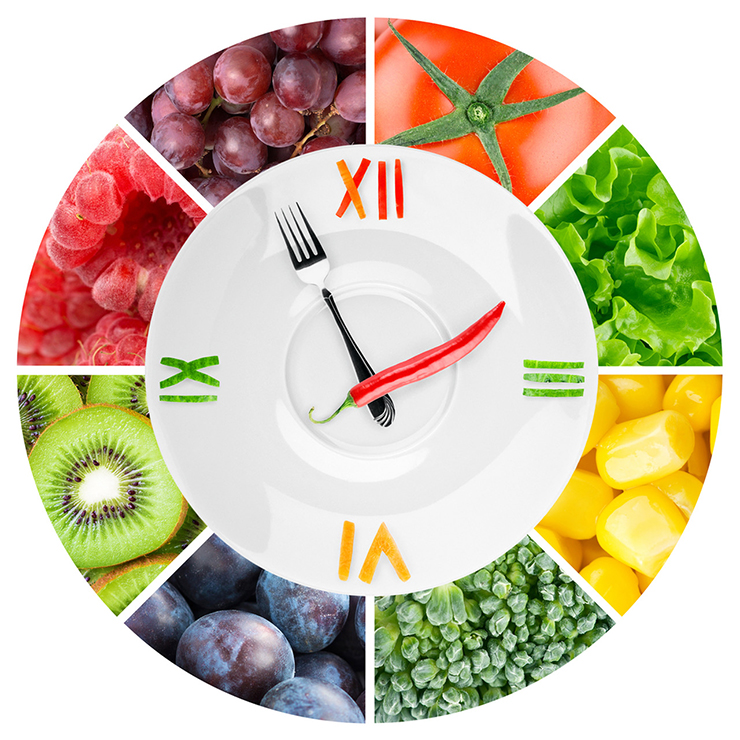
Here are a few great tips on smart sport nutrition for soccer parents and soccer players:
Soccer Parents: Bone up on Bone Health for your Youth Soccer Players
Given that up to 90% of peak bone mass is reached by age 18 in females and age 20 in males, parents should encourage their kids to participate in bone-building sports.
This means weight-bearing sports— such as soccer—during early puberty. High impact sports like gymnastics and volleyball also contribute to bones with about 10% greater bone mass.
Multi-directional sports (i.e., soccer, basketball) are better for bone health than one-directional sports (running, cycling). The jumping, cutting, and stopping that happens during soccer leads to stronger, more fracture-resistant bones.
Track and field athletes who had participated in ball sports (such as soccer) when they were younger had 50% fewer stress fractures than their peers who had not done so. Same goes for male runners who had played basketball; they had 82% fewer stress fractures.
Military recruits who had played soccer and basketball when they were kids experienced fewer stress fractures during basic training.
Parents want to carefully guide their kids into sports that optimize bone health!
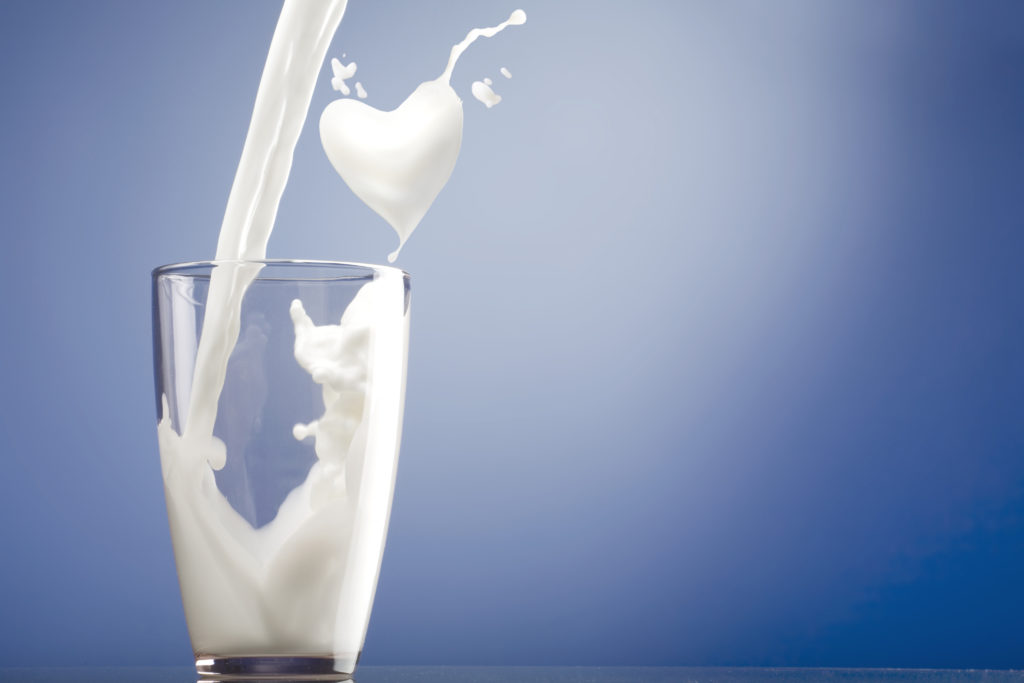
Skim Milk
Weight-conscious soccer players (and all dieting athletes) impair their bone mass when they restrict calories to lose weight. A smart nutrition recommendation for dieting players is to consume foods naturally rich in calcium, i.e., drink more dairy milk.
Each cup of skim milk reduced risk for future stress fractures in by 62% when consumed by young female athletes.Athletes at-risk of stress fractures should consume at least 1,500 milligrams of calcium/day + 800 IUs of vitamin D. Female military recruits who took calcium and D supplements for 8 weeks had 20% fewer
Soccer Players: Tips for Exercising Safely in Hot Weather
With global warming, soccer players are more likely to be training and competing in unusually hot weather. To effectively reduce the risk of exertional heat stroke (and death), they should allow 10 to 14 days to acclimatize to exercising in hot weather.
During acclimatization, the body adapts to dissipate more heat, thereby enabling them to run better in hot conditions. Most physiological adaptations occur between days 4 to 8 of heat exposure.
During the first week of being exposed to heat, you should have only one training session per day; no double workouts! Ideally, you will have access to cool fluids during exercise—more likely to be consumed—and you will frequently take small swigs of fluid throughout exercise, as opposed to gulping a large bolus of fluid all at once.
When exercising in the heat, you want to monitor your urine for color and quantity, and think WUT:
- Weight: Is my morning weight lower than the day before?
- Urine: Is my urine dark and concentrated?
- Thirst: Am I thirsty upon awakening?
Yes answers signal you are starting the day underhydrated.
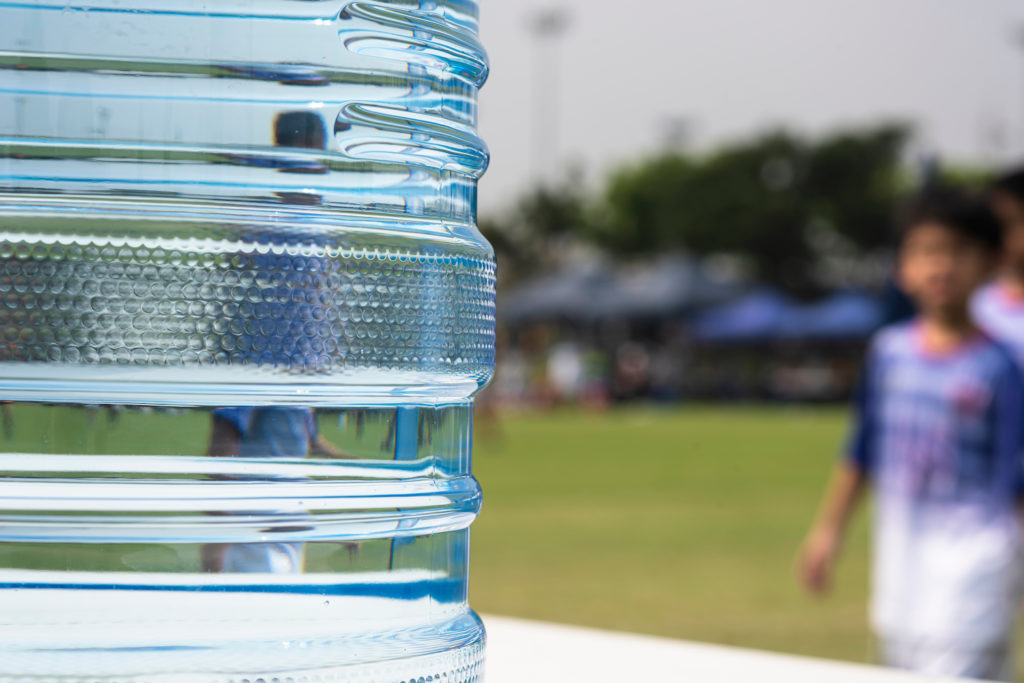
Clear cooler on a white plastic table on a football pitch ready for players to stop by during their break. Fresh water tank provided for everyone in a high school soccer tournament during summer time.
In terms of health risks, being adequately hydrated is more important than being heat-acclimatized (though being well hydrated and heat-acclimatized is ideal for maximizing thermoregulation). An adaptation to heat acclimatization is reduced sodium in sweat.
Despite that adaptation, soccer athletes who do extended exercise in the heat often fail to replace adequate sodium. Salty sweaters (who have gritty sodium crystals on their skin) should purposefully consume sodium-rich foods and fluids.
Some athletes salt-load for a day or two before an event, but researchers advise against doing that.
The kidneys do a good job of excreting excess sodium via urine. The additional urine loss can be counter-productive and hurt, not enhance, performance.
Soccer players should try to replace 70% to 80% of sodium and fluid lost during sweaty exercise.
Knowing your sweat rate (by comparing pre- and post-exercise body weight) can reduce your risk of over- or under-hydrating.
Drinking too much water is dangerous, because it dilutes the body’s sodium level and can lead to life-threatening hyponatremia (low sodium).
Of all electrolytes, sodium is the biggest concern.

Soccer players who spend hours training in the heat need to figure out how to replace sodium losses.
Through trial and error, you can learn which salty foods taste good, settle well, and “work” for you.
Pickle juice, bouillon (cubes), mustard on soft pretzels, soy sauce (on rice) and beef jerky are popular options that can be consumed both right before, during half-time, and/or after practices and games.
Soccer Players: What To Eat
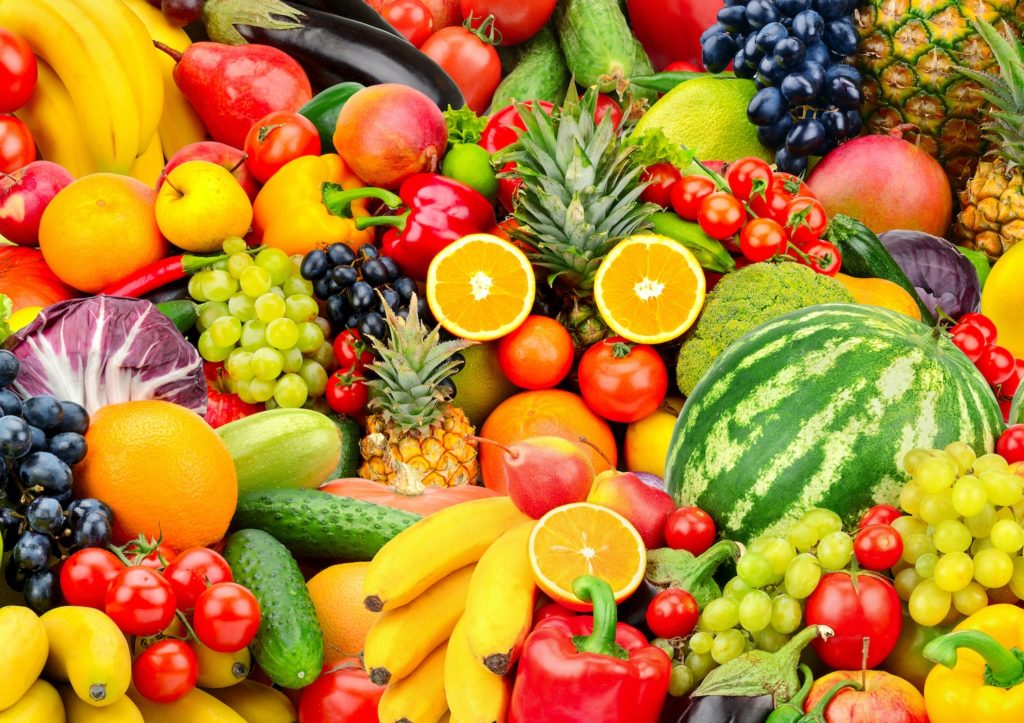
Eating fruits, veggies and whole grains will fuel your muscles, feed your microbiome, and impact your ability to perform at your best.
Milk and yogurt rich in natural calcium will help keep bones strong. A sprinkling of salt can help retain water in your body. Fuel wisely, be responsible and bone up on good nutrition!
Related Articles: Soccer Players: Next Level Nutrition; Nutrition Tips for Soccer Players: The Athlete’s Kitchen
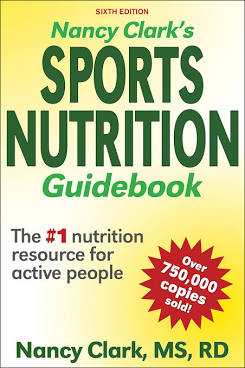
SIDEBAR: Nutritional and medical advice changes with new discoveries and interpretations. Always check with your medical provider and/or nutritionist for what is best for you and your family.
Sports nutritionist Nancy Clark MS RD CSSD has a private practice in the Boston-area, where she helps both fitness exercisers and competitive athletes create winning food plans.

Sports Nutritionist Nancy Clark
Clark’s best-selling, the 6th Edition of the Sports Nutrition Guidebook, and Food Guide for Soccer, as well as teaching materials, are available at www.nancyclarkrd.com. Click here for online and live workshops.
Photo Credit: Italy, Turin, january 03 2021: Cristiano Ronaldo (Juventus striker) runs up the field in the first half during football match JUVENTUS vs UDINESE, Serie A 2020-2021 day15, Allianz stadium – Fabrizio Andrea Bertani
The post SOCCER PLAYERS: CAN PERFORMANCE PROBIOTICS MAKE YOU RUN FASTER? appeared first on SoccerToday.
Continue reading...
SoccerToday News from Diane Scavuzzo
